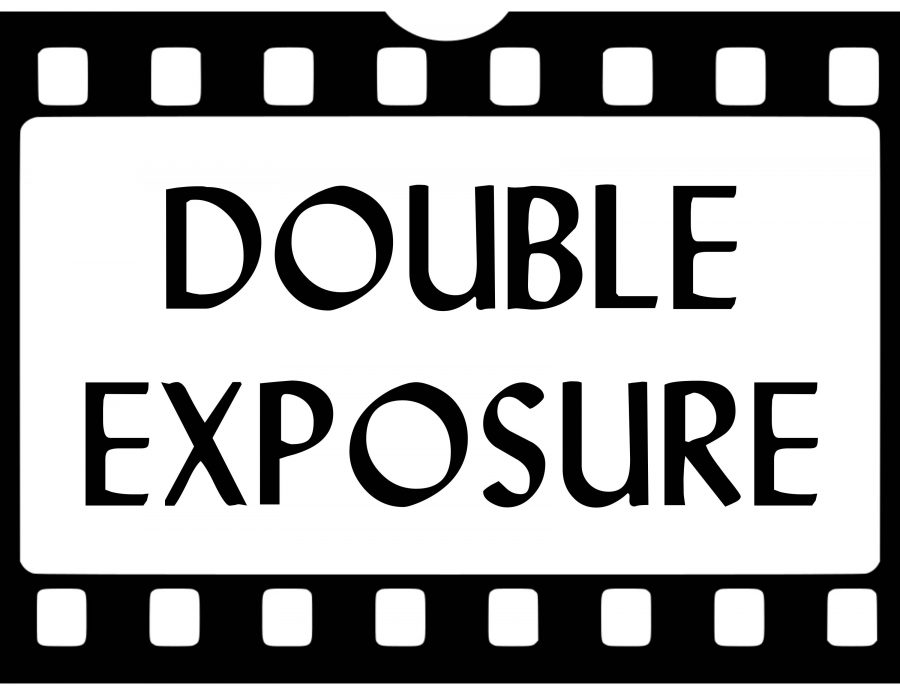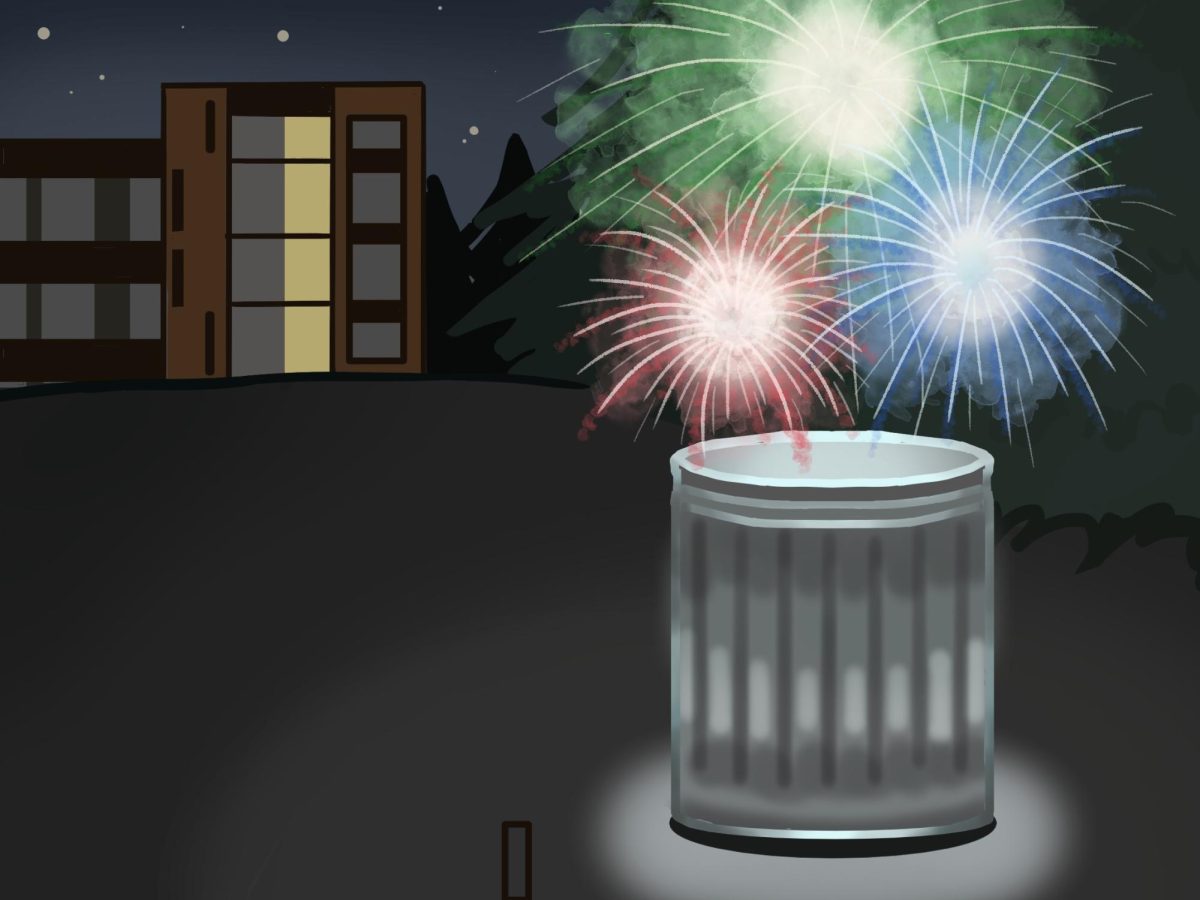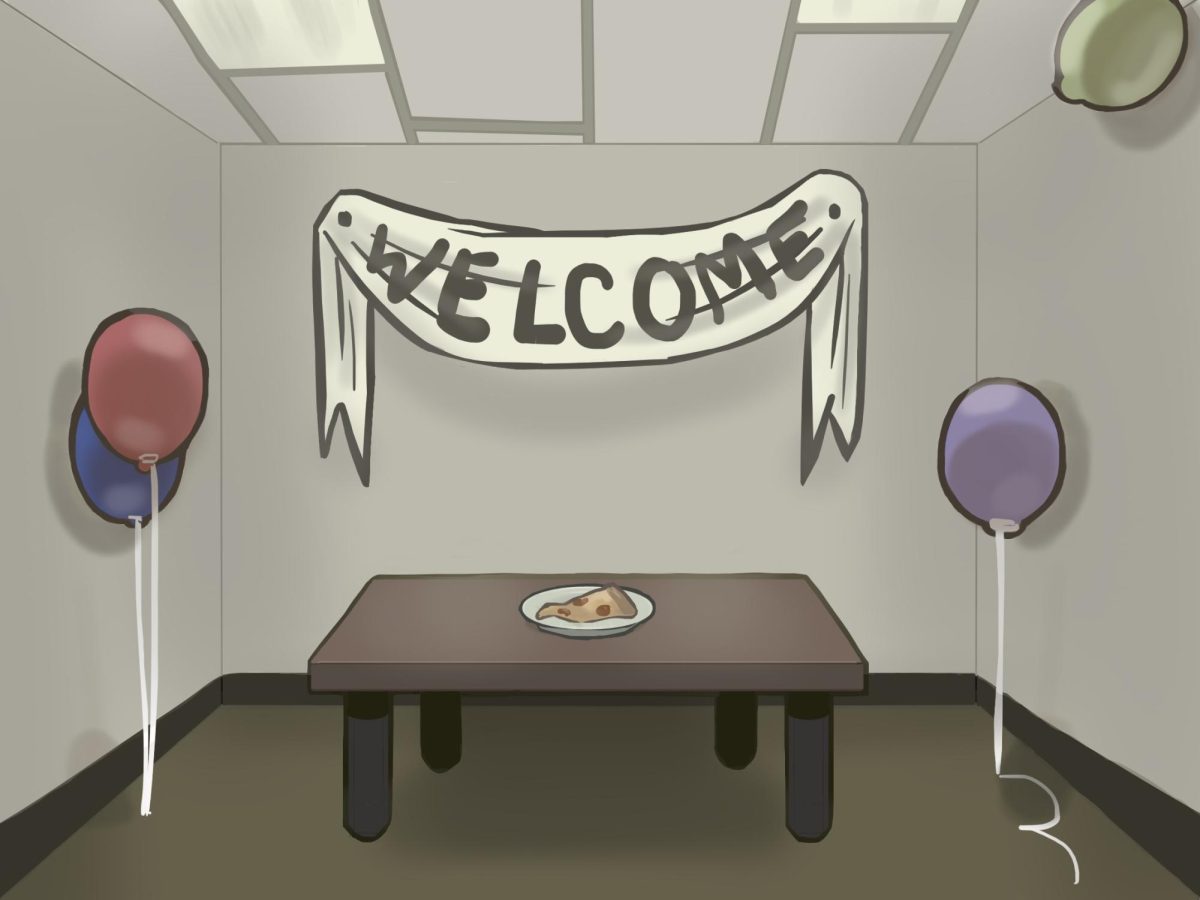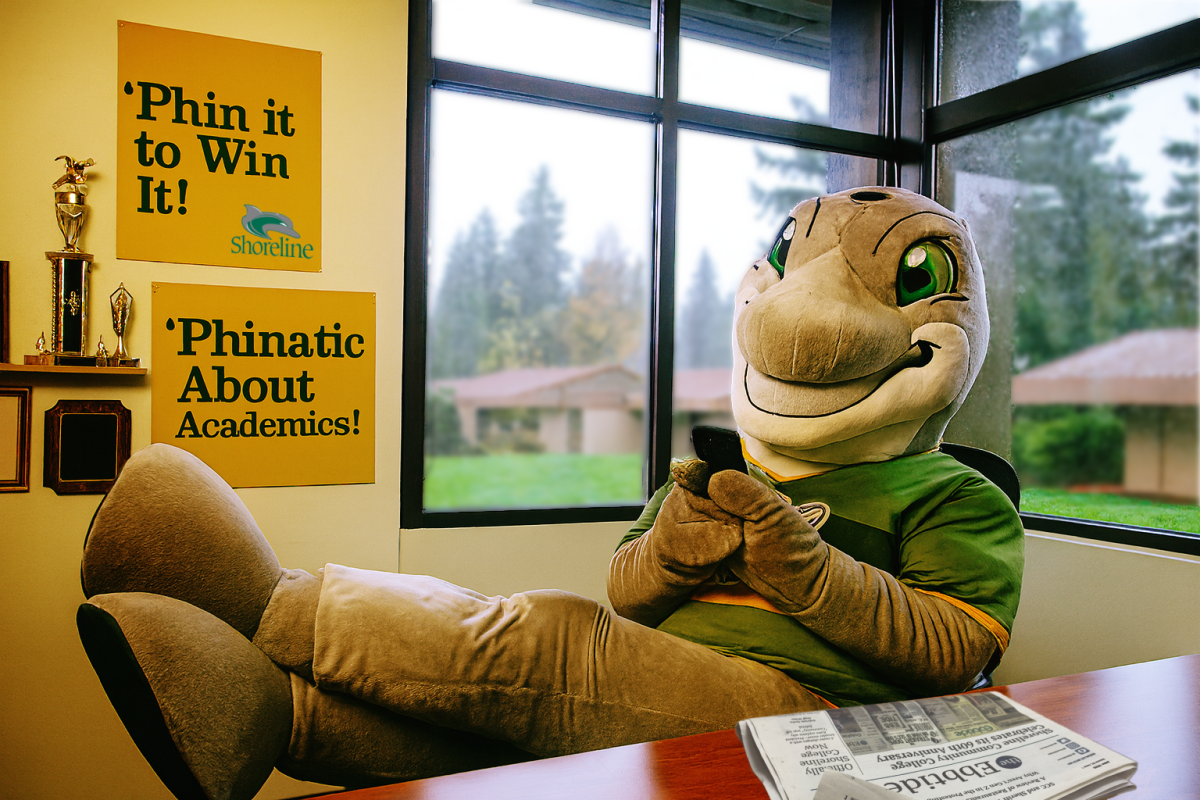Double Exposure: ‘Carnival of Souls’ (1962)
October 12, 2020
The 1960s produced a plethora of now-legendary horror films. “Psycho,” “The Birds” and “Rosemary’s Baby” are just a few of the titles that often dominate lists of Halloween classics.
But just as significant are their lower-budget contemporaries which pack an equally-eerie punch without the glitz.
Enter “Carnival of Souls.” After being involved in a car accident, Mary Henry (Candace Hilligoss) accepts a job as a church organist in Utah but is followed by a ghostly man (played by director Herk Harvey) from the moment she sets off on her nighttime commute to get there.
Even after Mary gets settled at her boarding house, visions of the strange man continues to haunt her as she grows increasingly (and inexplicably) psychically connected to a local abandoned carnival pavilion.
Much like 1968’s “Night of the Living Dead,” “Carnival of Souls” is an unapologetically low-budget, black-and-white B-movie set against a contemporary backdrop which takes place in the same general vicinity for the majority of the story.
Whether a result of its limited budget or not, this kind of minimalism works wonders for the film’s convincing eeriness. Its public and primarily-daytime settings contrast with the sinister visions that Mary continues to see, thus giving the movie a more plausible feel in comparison to the more extravagant, expensively-produced counterparts of the day.
It goes without saying how much ”Carnival of Souls” evokes the work of director David Lynch. Much like Lynch’s work, there are distinct moments where the film’s atmosphere is reminiscent of his break, stripped-down worldview — such as a wide shot of an industrial-sized pipe organ that Mary plays toward the beginning, or later on when she’s shopping at a less-than-glamorous department store.
The film in no way attempts to beautify the ordinary. Instead, it offers a gritty, down-to-Earth snapshot of the everyday lives of the people who lived in the era. This dose of authentically allows modern viewers to identify with the environment — and the more audiences are able to relate to the action, the more they’re able to relate to the fear.
“Carnival of Souls” excels in the art of subtlety. Not only is Hilligoss wonderfully expressive yet understated as Mary, but a number of scenes utilize simplicity to emphasize the film’s uncanny terror.
Take, for instance, when Mary goes into trances and fellow passersby suddenly become oblivious to her existence. During these sequences, small details such as Mary’s voice, footsteps and even the ambient white noise are still audible which makes the lack of the sound surrounding her even more deafening.
In scenes where Mary is at home by herself (when her pushy neighbor John isn’t trying to court her, that is), the film plays upon the age-old fear of isolation and one’s mind playing tricks on them; a terrifying phenomenon which nearly everyone has experienced at one point or another. Whenever this type of paranoia hits you in real life, it seems to grow at an exponential rate — and the film succeeded in capturing it.
All of this is paired immaculately with Gene Moore’s chilling score comprised entirely of organ music which successfully instills a constant sense of uneasiness in the viewer.
Interestingly, the plot of “Carnival of Souls” bears a striking resemblance to the “Twilight Zone” episode “The Hitch-Hiker” whereby a lone woman on a cross-country driving trip continues to spot the same foreboding man on the side of the road.
The episode (which was based on a 1941 radio drama of the same name) not only sees its protagonist suffer a car accident, but also features her encountering a John-esque man who ends up confusing her frightened pleas for company with insanity and leaving her to fend for herself.
With its mere 78-minute runtime, you can witness the terror and mystique of “Carnival of Souls” unfold at your convenience. Consider queuing up this timeless classic on a chilly fall evening — you won’t be disappointed.
“Carnival of Souls” can be streamed on Amazon Prime and Apple TV or purchased from the Criterion Collection.







